Description
Quick Details
Real-Time PCR Detection System MSLPCR04 pcr machine price
Model:MSLPCR04
Sample Capacity:96-Well PCR plate,12×8-strip,96×0.2ml(Bottom Transparent)
Dynamics Range:1~10^10 copies
Excitation Wavelength:300-800nm
Emission Wavelength:500-800nm
Block Temp.Range:4~105 C(Minimum Increment:0.1 C),SOAK Low Temp.Conservation Function
Heating/Cooling Rate:4.0 Cls(max)
Temp. Control Accuracy:<0.1??
Temp. Fluctuation:<±0.1??
Temp.Uniformity:±0.3??
Packaging & Delivery
| Packaging detail:Standard export package Delivery detail:within 7-10 workdays after receipt of payment |
Specifications
Real-Time PCR Detection System MSLPCR04:
Real-Time PCR Detection System MSLPCR04 pcr machine price is the newest product of Bioer's Real-Time PCRdetection system family.Based on LineGene familiy's tradition??LineGene 9600Plusperforms96samplecapacity,5 detection channels and wider temperature range.Adopting FERROTEC newest Peltier,fiber optic technology and a new global wide range power
supply,the highly improved instrument is available for a variety of scientific research and clinical
applications.
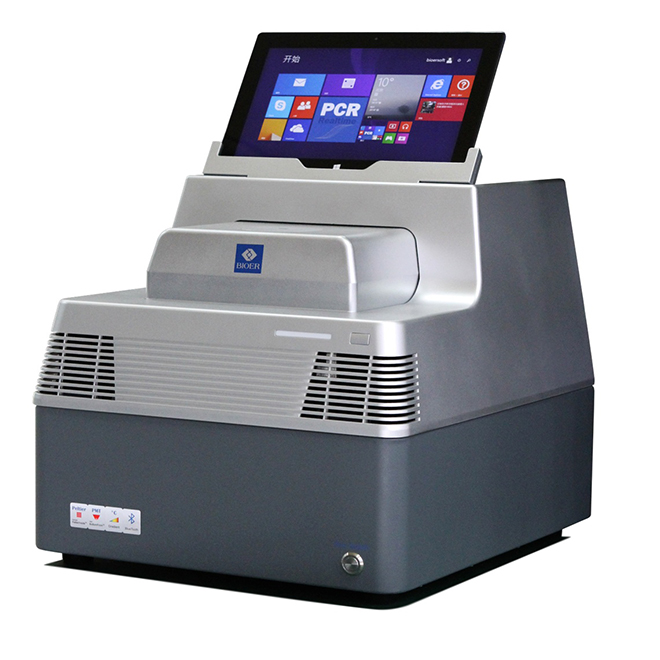

Real-Time PCR Detection System MSLPCR04 pcr machine price Technical Parameters:
Product Name:LincGenc9600 Plus Fluorescence Quantitative PCR Detection System
Model:MSLPCR04
Sample Capacity:96-Well PCR plate,12×8-strip,96×0.2ml(Bottom Transparent)
Dynamics Range:1~10^10 copies
Excitation Wavelength:300-800nm
Emission Wavelength:500-800nm
Block Temp.Range:4~105 C(Minimum Increment:0.1 C),SOAK Low Temp.Conservation Function
Heating/Cooling Rate:4.0 Cls(max)
Temp. Control Accuracy:<0.1??
Temp. Fluctuation:<±0.1??
Temp.Uniformity:±0.3??
Temp.Control Mode:BLOCK/Tube Simulation Mode(Automatic Control Based On Sample Volume)
Sample Volume Range:5~100uL
Gradient Temp.Range:1~36 C
Hot-lid Temp.Range:30~110??(Adjustable,Default 105 C),Automatic Hot-lid
Fluorescence Detection Repeatability:5%
Scan Mode:Entire Plate or Designated Line
Program:Max 20 Segments for Each Program,Max 99 Cycles
Operation Mode:Continuous
Scan Period:5.5s


Real-Time PCR Detection System MSLPCR04 pcr machine price Feature Function:
Absolute Quantification.Relative Quantification.SNP Analysis;
Data Automatic Analysis;Melting Curve Genotyping;
Gradient;HRM;Multi-channel Crosstalk Correction;
Background Correction;Automatic Gain;Customized Parameters;
Operation System:Microsoft: Windows7/windows 8.1,Software: Excel2000/2002/2003/200712012
PC Configuration:Memory: 2G Hard Disk: 32GB
Power Supply:100-240V~5O/60Hz 600w
Dimension(L>W×H):410mm×386mm×352mm
Socket:USB Adapter,RS232 Adapter,Bluetooth Adapter
Authentication:Ferrotec PeltierlCE(EMC &LVD)/IVD/RoHS2/PICC,product quality liability insurance

Which real-time or digital PCR system is right for you?
To understand why traditional PCR is limited, it is important to understand what happens during the PCR reaction. A basic PCR run can be divided into three phases:
Index period
Accumulated product exactly doubles with each cycle (assuming 100% reaction efficiency). The reaction is highly specific and precise. Exponential amplification occurs because all reagents are freshly available and the kinetics of the reaction drive the reaction in favor of amplicon doubling.
Linear phase (high variability)
As the reaction continues, some reagents are consumed by amplification. The reaction starts to slow down, and the PCR product no longer doubles with each cycle.
Plateau (endpoint: gel detection using conventional methods)
The reaction stops, no more product is produced, and if left long enough, the PCR product will start to degrade. Because each sample has different reaction kinetics, each tube or reaction will plateau at a different time point. These differences can be seen during the plateau. During the plateau period, conventional PCR performs the measurement, also known as endpoint detection.
Variation in plateau measurements with conventional PCR
Three replicate samples had the same amount of DNA at the start of the reaction and different amounts of PCR product during the plateau phase of the reaction (due to changes in reaction kinetics). Therefore, it will be more accurate to make measurements during the exponential period, where replicate samples expand exponentially.
Real-time PCR measures during exponential phase for more accurate quantitation
Real-time PCR focuses on the exponential phase because it provides more precise data for quantification. During the exponential period, the real-time PCR instrument calculates two values. The threshold line is the level of detection at which the fluorescence intensity of the reaction exceeds background. The PCR cycle at which the sample reaches this level is called the cycle threshold (Ct). Ct values are used for downstream quantification or presence/absence detection. By comparing the Ct values of a sample of unknown concentration with a series of standards, the amount of template DNA in an unknown reaction can be accurately determined.
Digital PCR counts individual molecules for absolute quantification
Digital PCR works by splitting the sample into many individual real-time PCR reactions; some of these reactions contain the molecule of interest (positive) and others do not (negative). After PCR analysis, a fraction of the negative results are used to generate absolute results for the exact amount of target molecule in the sample without the need for reference standards or endogenous controls.
MedsinglongPCR system, from kits, instruments, enzymes, master mixes, reagents, optical cartridges, plastic accessories, spare parts to software etc. Medsinglong real-time quantitative PCR system is a fully integrated quantitative PCR amplification, detection and data analysis system. Medsinglong increases productivity with its unique modular and flexible design, intuitive touch screen interface, advanced and easy-to-use reporting system, and monitors more than 120 attributes through built-in online diagnostic system, so that when analytical problems or instrument problems arise find out the reason.





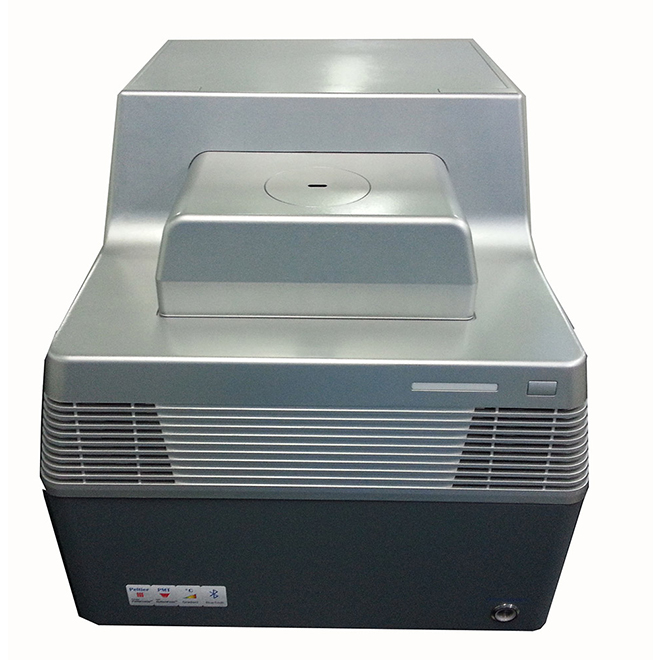

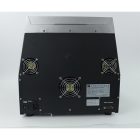



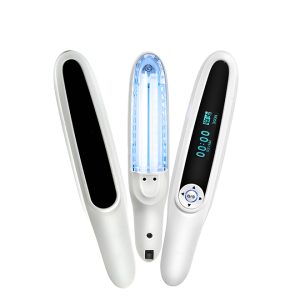

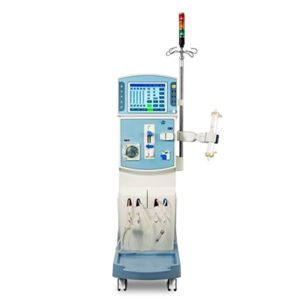

There are no reviews yet.